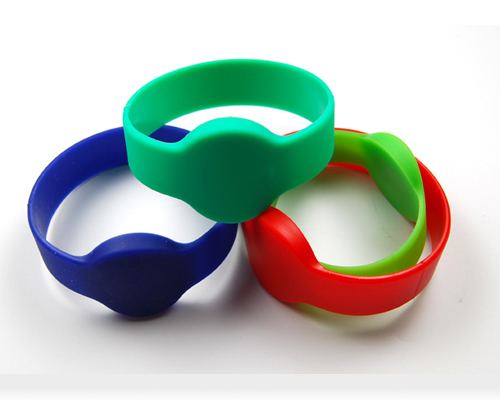In other sectors, it is a different story. Take health care for example. The benefits of using RFID-based real-time location system (RTLS) technology to track expensive hospital equipment are well-documented, yet we haven’t seen a mad scramble among hospitals to deploy RTLS solutions. One big reason is that there is no clear standard. Wi-Fi-based active RFID systems are installed throughout many hospitals globally. But there are many hospitals that are using RTLS solutions based on ZigBee, proprietary active RFID or ultrasound technology. Which one will dominate? It’s difficult to say at this point, so some hospitals are reluctant to invest.
RFID card can help all hospitals reduce costs and improve patient care — if executives come together and draft standards. Ideally, they would agree on one type of active, passive UHF and passive HF technologies, each for different applications. It also would be useful if they agreed on data standards, so that the serial number on a gurney tag, for example, would indicate that the object was a gurney and to which hospital it belonged. That way, hospital A could receive a patient from hospital B and read the tags on the equipment entering that facility and know where it came from, as well as what it was. This would enable all hospitals to deploy RFID and be able to identify not only their own assets, but also those from other hospitals and health-care equipment rental companies.
In addition, other industries could benefit from standards for the use of RFID. You might think it unlikely that competitors would come together to agree on how to use RFID, but it has already happened in a number of industries. The retail-consumer products goods sector created a subgroup under the aegis of GS1 to draft standards indicating not just what a tagged object is, but where it was read and the business process involved, such as shipping, receiving, merchandising and so forth. Similarly, the aerospace sector came together under the Air Transport Association to create RFID standards under Spec 2000, a comprehensive set of e-business specifications, products and services designed to overcome challenges that have plagued the industry’s supply chain for decades.






